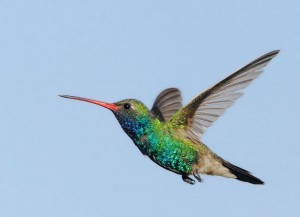Funding for critical farm bill conservation programs in danger!
National Issues
The House FY 2015 agriculture appropriations bill proposes to cut $109 million (more than 1 million acres) from the Conservation Stewardship Program (CSP), $209 million from the Environmental Quality Incentives Program (EQIP), and $60 million from the Agricultural Conservation Easement Program (ACEP).
The agriculture appropriations bill passed by the Senate Appropriations Committee would cut EQIP spending by $250 million, but would not cut funding for the other conservation programs. All of these cuts are from the levels approved by Congress earlier this year when it passed the 2014 Farm Bill.
On top of conservation cuts, the House bill slashes the farm bill funding for the Rural Energy for America Program (REAP) by 40 percent, from $50 million to $30 million. REAP helps farmers adopt renewable energy (such as wind and solar) and energy conservation technologies.
The ink barely had time to dry on the new farm bill before these attempts to unravel the decisions on conservation and renewable energy funding. Not included in either appropriations bills are any similar proposed changes or cuts to commodity or crop insurance subsidies.
The proposed cuts to conservation and renewable energy programs would result in increased water pollution, greenhouse gas emissions, soil erosion, and habitat loss, and should be rejected in upcoming negotiations.
Contact your congressman and Senators and let them know how you feel about fully funding conservation programs at the levels they agreed to in the 2014 Farm Bill.

